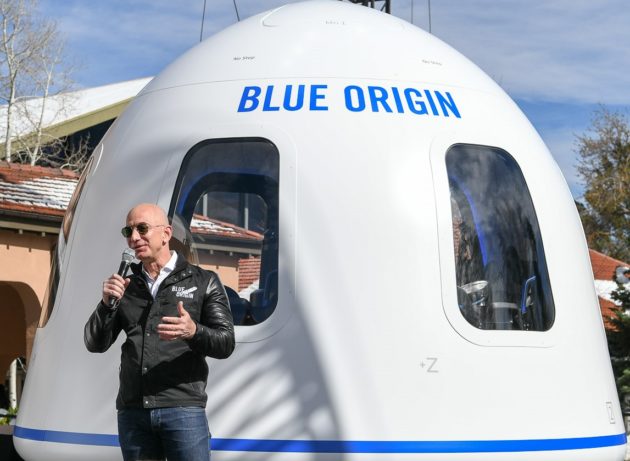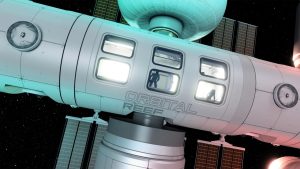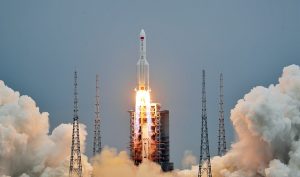All you need to know about Blue Origin Suborbital Rockets: New Shepard and New Glenn
11th Mar 2021
Blue Origin suborbital rockets may soon rival SpaceX’s Falcon9. Private aerospace company Blue Origin was founded in 2000 by Amazon owner Jeff Bezos to make suborbital flights more affordable. Unlike SpaceX, which emerged two years later and developed Falcon to launch cargo into orbit, Blue Origin focused on creating the New Shepard suborbital passenger spacecraft. After a few years, both companies decided to even their odds. This is how SpaceX developed Crew Dragon spacecraft and Blue Origin – payload launcher New Glenn.
The Story behind Blue Origin Suborbital Rockets Names
Curiously, Jeff Bezos gives his launch vehicles the names of famous American astronauts. Blue Origin New Shepard is named after Alan Shepard, the first US astronaut to make a suborbital guided flight. It is easy to guess that Blue Origin New Glenn is named after John Glenn Jr., the first American and the third person in the world to visit orbit after the Russians Yuri Gagarin and Herman Titov.
Bezos recently announced that his company is developing a third spacecraft but kept the details to himself. We only know that this carrier will also be named after an American astronaut – the legendary Neil Armstrong, who was the first to step on the moon.
But let’s go back to the existing Blue Origin projects and find out how it all began.
Charon
The first Blue Origin aircraft, Charon, was named after Pluto’s moon. It was equipped with four Rolls-Royce Viper Mk jets. 301. and was designed for testing autonomous guidance and management technologies. Charon made its only test flight on 5th March 2005. It ascended to a height of 316 feet and made a controlled landing near the starting point.
Goddard
Between 2006 and 2007, Charon was replaced by Blue Origin Goddard, named after the American engineer and pioneer of rocket technology Robert Goddard. This spacecraft runs on proprietary engines designed by Blue Origin. It executed three successful launches. Blue Origin Goddard was only 25 seconds in flight. In 10 seconds, it gained an 85 m altitude and then safely landed on the supports.
New Shepard
Perhaps the company’s main development. The 60-foot suborbital space system includes a booster unit and a passenger capsule that can accommodate up to 6 people. After gaining an altitude of 100 km (the Karman line, after which space begins), the stages are separated from each other. Then, the booster unit returns to the ground and lands vertically as it took off. After reaching a certain trajectory, the capsule lands with the help of a 3-stage parachute system. Interestingly, Blue Origin New Shepard has full on-board computer control and is reusable. As a reminder, SpaceX has only recently begun to test first-stage return for its Falcon rocket.
New Shepard’s first manned flight is scheduled for 2021, while payload launches for microgravity research and testing have already been executed more than once. Since 2015, Bezos’s company has tested three New Shepards, which have made a total of 13 flights.
Blue Origin New Glenn Rocket
This heavyweight launcher will also be reusable and, according to Blue Origin, will be able to perform up to 25 missions. In terms of payload capacity, the carrier is 2.5 times larger than Delta Heavy and Falcon Heavy. It is also 25 m higher (95 vs. 70).
The rocket will be equipped with a 7-metre encasing, which will deliver up to 45 tons to the parking orbit and up to 13 tons to the geostationary orbit. In addition, the Blue Origin New Glenn rocket will not depend on weather conditions and will be able to take off in any weather, both from land and offshore platforms. So far, this is the most advanced development among Blue Origin suborbital rockets.






Thank you for your comment! It will be visible on the site after moderation.